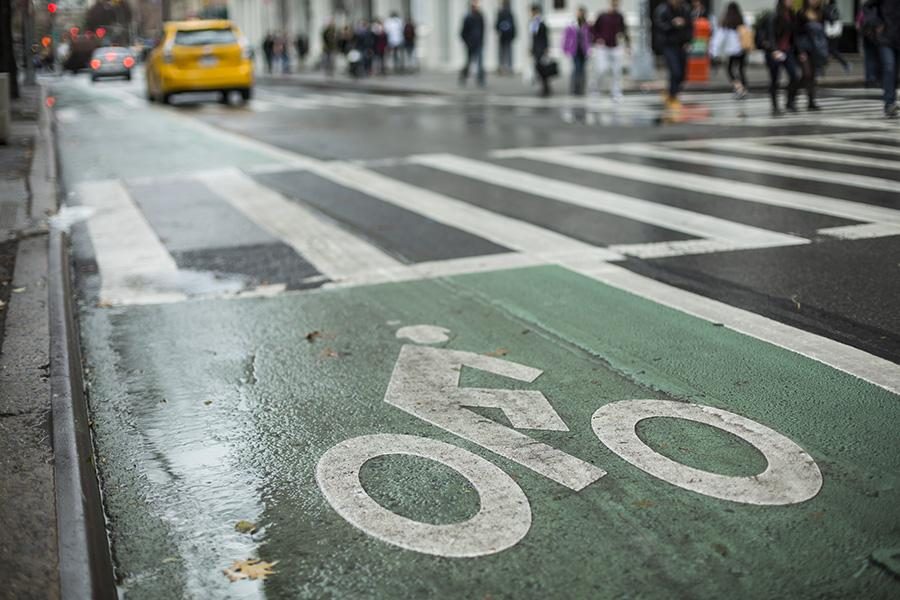Bikes on Bridges plan announced
November 26, 2014
New York City Department of Transportation Commissioner Polly Trottenberg announced the creation of the Bikes on Bridges campaign at a City Council’s transportation oversight committee titled “Leading the Way for Bicycling in America: Where is New York City Now and How Can We Improve?” on Nov. 20.
The campaign will reconfigure bike lanes and suggest bikes be strapped onto MTA buses when crossing certain bridges.
Paul Steely White, the executive director of Transportation Alternative commended Bikes on Bridges in a press release on Nov. 20. saying the initiative will improve efficient transportation in New York City.
“Installing racks on MTA buses to carry bikes across bridges is a commonsense move that will empower residents to get around the city,” Steely White said in the release. “Expanded access to transportation options is essential for every New Yorker.”
Trottenberg also stated that the de Blasio administration plans to continue to increase city bike lanes by at least 50 miles per year. Ten percent each year will be protected lanes or designated space clearly separated from the streets using physical barriers. de Blasio has made several safety related pledges as part of Vision Zero, his goal to eliminate pedestrian deaths.
“The city has seen 18 bike deaths so far in 2014,” Steely White said in an additional press release from Nov. 20. “We can and must bring those numbers down, and building more protected bike lanes an important way to do that as we work toward the goal of Vision Zero. We know that fatality and injury rates go down when cyclists are separated from automobile traffic.”
Nicolas Gordon, a manager in the NYU Office of Sustainability, said this pledge will satisfy New York’s bicyclists while also enhancing security for pedestrians and drivers, ultimately benefiting students and faculty who use NYU’s Bike Share program.
“Bike Share is having people ride with helmets, lights and ideally doing most of the riding in protected bike lanes,” Gordon said. “In some areas there won’t be protected lanes, but having a number of them going from standard to protected lanes is always a good thing.”
GSAS student Kristian Jebsen said the city’s pledge is a step toward safer streets for cyclists.
“Cyclists feel very vulnerable, especially in New York, so any initiative that improves the bicycle lane infrastructure is positive,” Jebsen said. “Ideally every single lane would be protected, but it’s not a reality.”
The expansion and profitability of CitiBike was also discussed at the meeting.
A version of this article appeared in the Wednesday, Nov. 26 print edition. Email Stephanie Grella at [email protected].
























































































































































